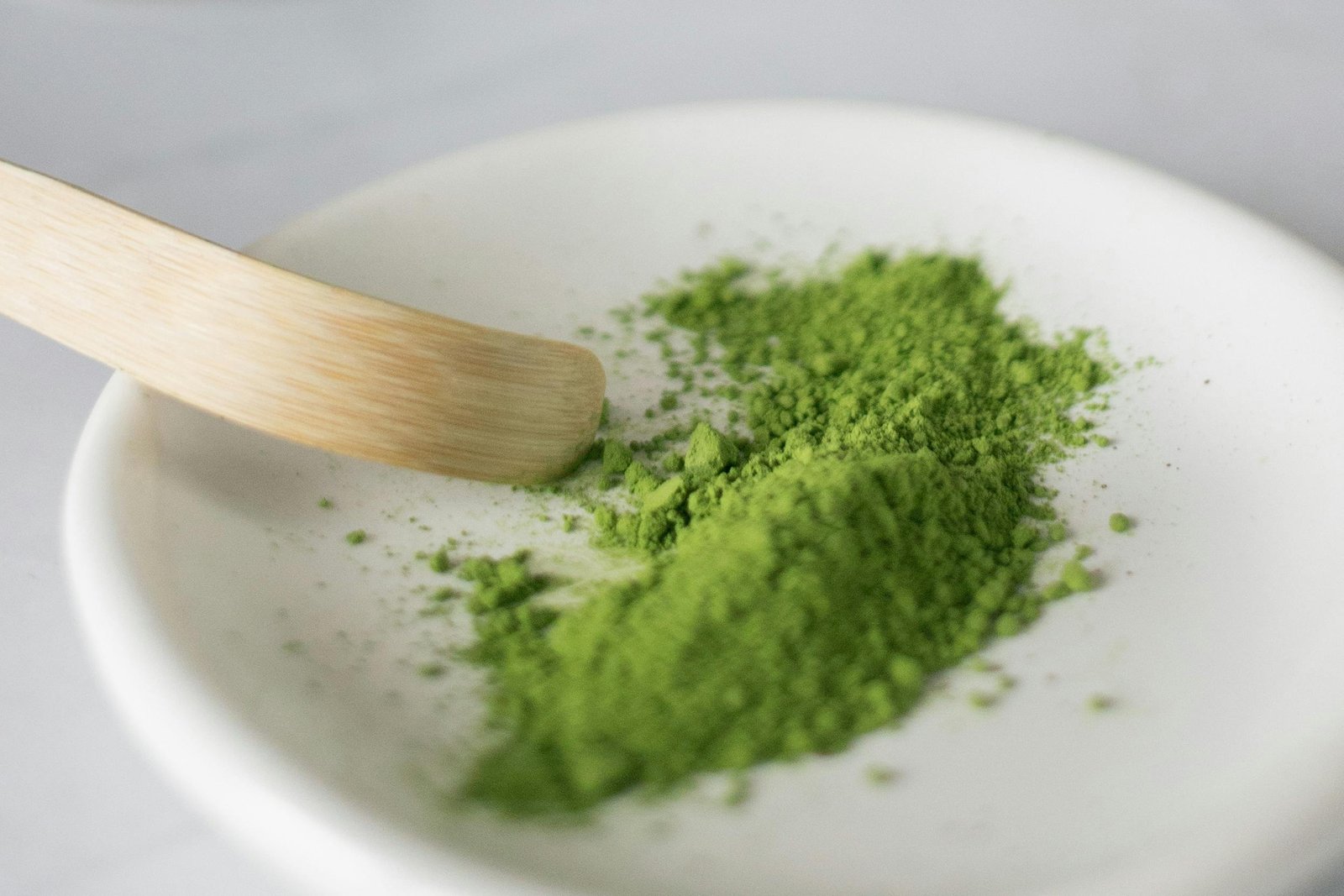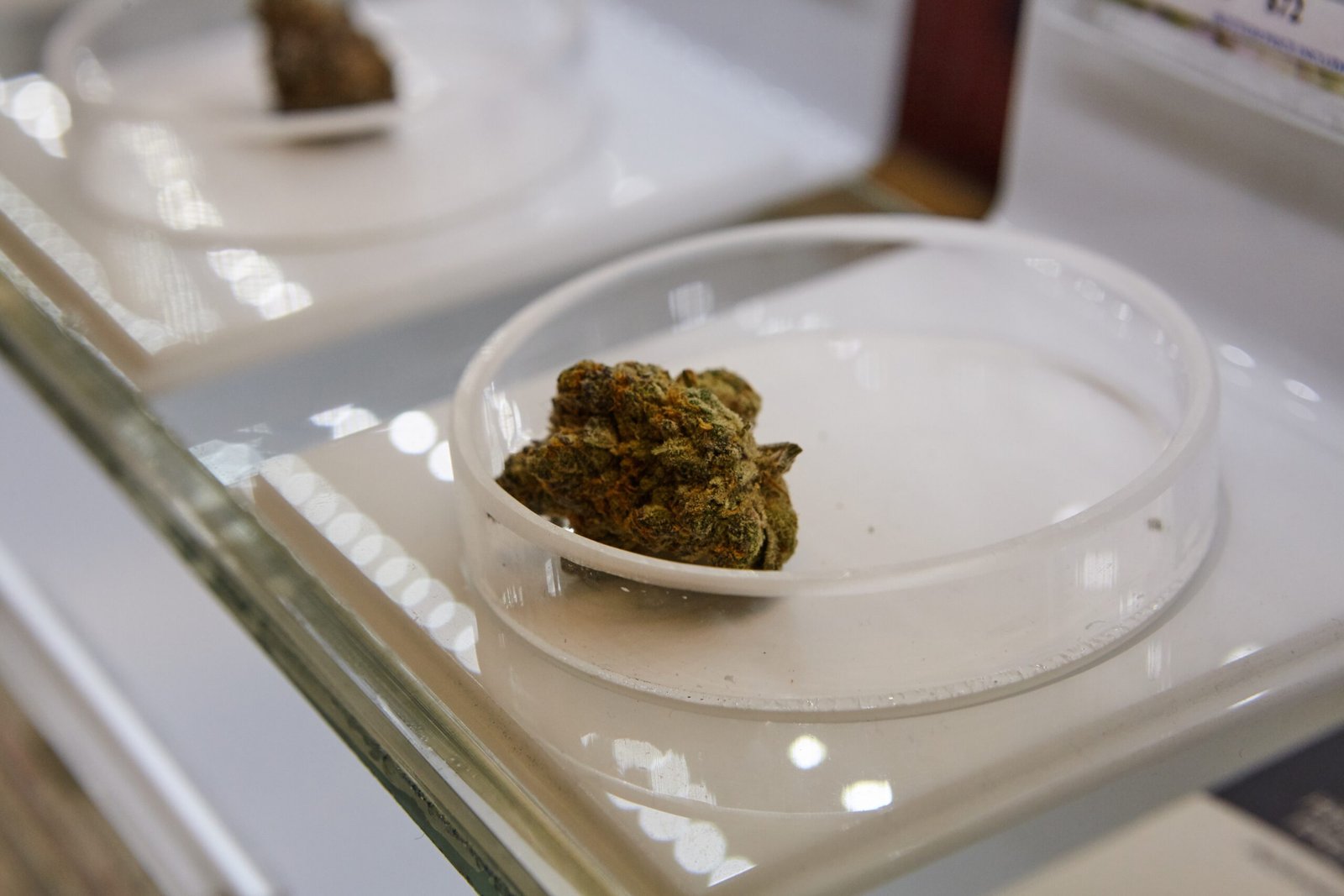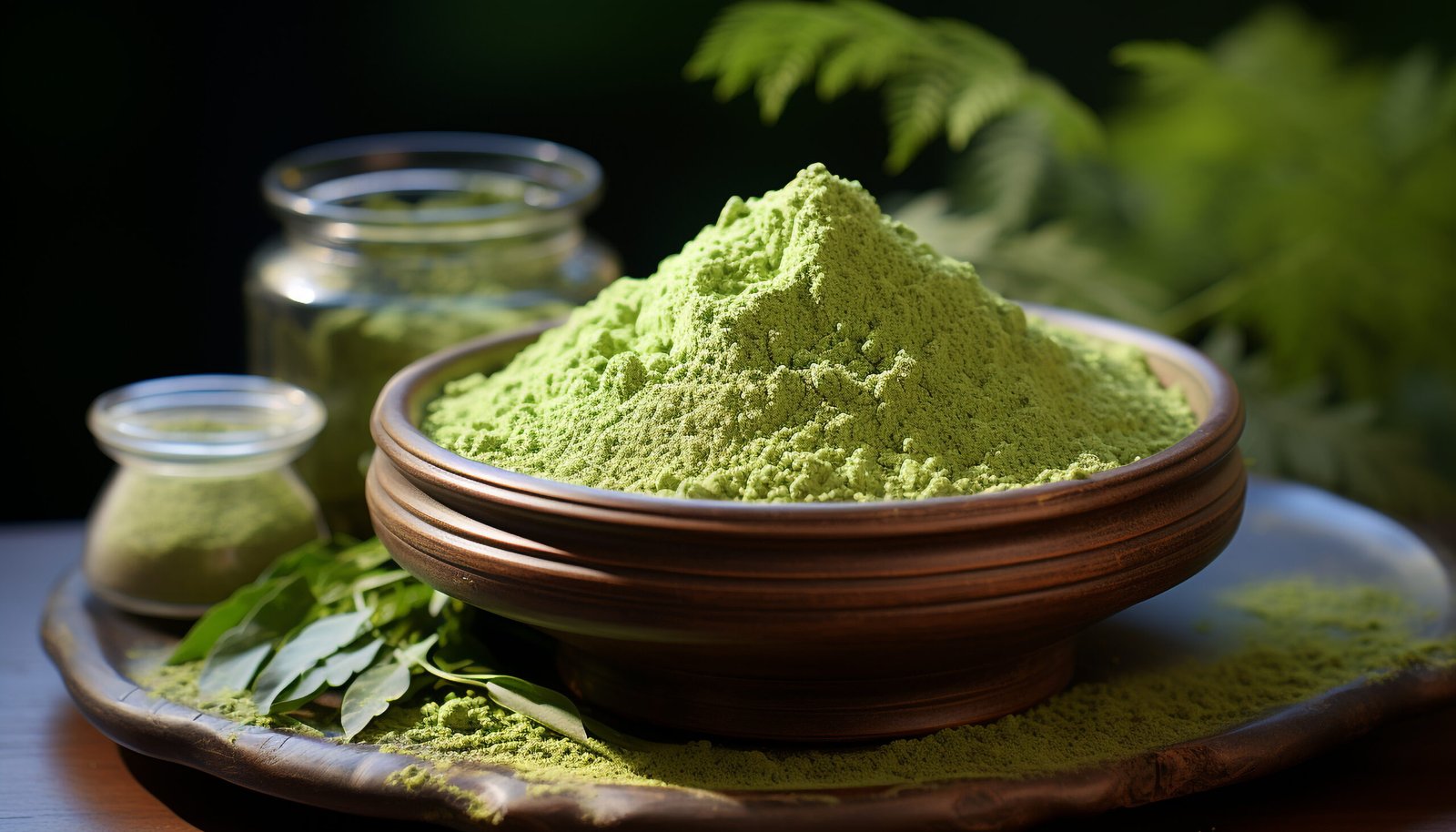‘Does kratom lower testosterone?’ is a question that every single user doubts and looks for answers to. Not only...
Comparing “kava vs. kratom” and realizing their differences is crucial to appreciating the distinct benefits of both herbal supplements. As a result, this blog comprehensively explores the characteristics of these plants by examining their originality, properties, traditional application, and legal claims to promote clear comparisons between them. If you want to know about these plants’ origin or legal complexities, you will find it here because it provides an in-depth analysis. Let’s find out how they differ for a clear understanding.
Source: Freepik
Kava vs Kratom: A Comprehensive Comparison
Origins
Kava comes from the Pacific islands of Vanuatu, Fiji, and Samoa. For many years, people have been using its roots to make a traditional beverage that helps promote calmness and relaxation. Moreover, it is commonly used during ceremonies as well as social events.
On the other hand, Kratom is the other name for the Mitragyna speciosa tree which, grows mainly in Southeast Asian countries like Malaysia, Thailand, and Indonesia. The leaves of this tree have alkaloids such as mitragynine and 7-hydroxy mitragynine, which are responsible for causing different effects in Kratom after consumption. People traditionally consume them by chewing or boiling them into tea or powder.
Chemical Composition and Effects
People might experience a calming effect from kavalactones in Kava, which are natural sedatives that don’t cause intoxication, making it ideal for social use.
Kratom contains specific alkaloids, especially mitragynine plus 7-hydroxy mitragynine, although the effects depend on how much is taken. Small doses may increase energy and positivity, whereas higher ones might relieve pain or discomfort. Moreover, what sets them apart are their properties.
Cultural and Traditional Uses
Kava plays a significant role in the lives of South Pacific societies because it defines these people as a cultural drink rather than just a beverage. This drink is consumed during substantial events and represents a sign of hospitality towards visitors. It brings people together by giving them something they share while providing peace and harmony.
However, Kratom is not used in the same way in Southeast Asia, where it has been traditionally utilized. Many workers utilize this drug to stay awake throughout long workdays. Moreover, this plant has been used in local medicine to cure various diseases, unlike Kava, which was mostly pragmatic in the context of medicinal uses.
Legal Status and Availability
Around the world, there are several differences in their legal status. Because of possible liver damage, Kava has been outlawed in various places.
In the same way, Kratom’s legal situation is more complicated. It is legal at the federal level in the USA, but some states have banned or restricted its use. The controversy surrounding it focuses on misuse fears, high dosage effects, and people using it without getting advice from doctors.
To Sum It Up
In conclusion, even though Kratom offers diverse potential benefits, Kava provides a relaxing ritual deeply rooted in Pacific Island culture. However, they differ considerably from state to state as far as their legal status is concerned. This knowledge will enable people to make informed decisions regarding health requirements and legality issues. A comprehensive analysis of their origins, characteristics, uses, and legal aspects will enable individuals to make better choices. With enlightening information about the stimulating effects of Kratom or the calming properties of Kava, people might choose them.
FAQ’s
Is addiction possible from Kratom and Kava?
Although there is no evidence to back up the claim that Kava is addictive, using it can put consumers at risk for things like liver damage. Regarding Kratom, on the other hand, the pleasant euphoric effects could lead to addiction. It is essential to speak with a medical expert in both situations.
How are Kratom and Kava similar in their preparation and appearance?
Both substances can be made into drinks using their respective dried forms—Kratom as water or tea mixed with powder form and Kava as water removed from ground roots. Since they are both available in pill form, distinguishing each is difficult.
What is the United States’ legal position on Kratom?
Kratom is allowed in the United States federally. However, state laws have approved it in different ways. Some states have prohibited it entirely while others only allow consumers above 21 years old to take it.
References
Strum, J. (n.d.). Kratom vs. Kava: What’s the Difference? Florida Rehab.
https://www.floridarehab.com/drugs/kratom/kratom-vs-kava
Jake S. (n.d.). Kava vs. Kratom: What you need to know! Leilo.





